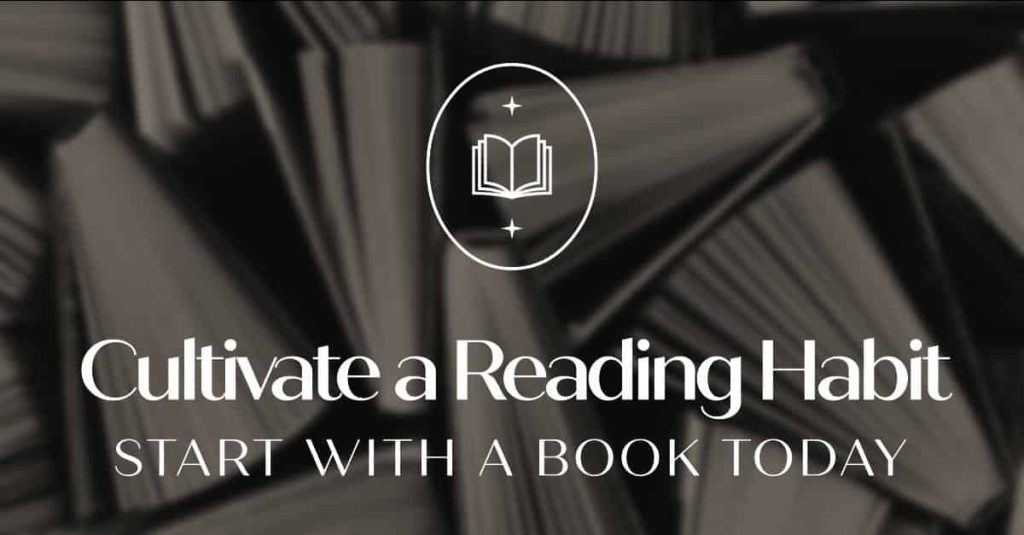
Building a Culture of Reading
A strong reading culture is a cornerstone of academic success and personal growth. At Valdymas College of Advanced Studies, we understand that building a culture of reading is essential for nurturing students’ curiosity, expanding their worldviews, and enhancing their cognitive abilities. This blog explores the benefits of a reading culture, how Valdymas College is committed to fostering it within our community, and the impact it has on our students.
Why a Culture of Reading Matters
A culture of reading promotes lifelong learning and continuous personal development. Research indicates that students who read regularly tend to have better vocabulary, critical thinking skills, and empathy. A study by the National Literacy Trust found that children and young people who enjoy reading are three times more likely to read above the level expected for their age than those who don’t enjoy it. Additionally, reading helps students build resilience and reduces stress, as they explore new ideas and develop a sense of understanding about the world around them.
Reading can also lead to better academic performance across subjects, not just in language arts. The OECD’s Programme for International Student Assessment (PISA) has shown that students who read more frequently perform better in school, thanks to enhanced comprehension skills and the ability to make connections between concepts.
Strategies for Building a Reading Culture at Valdymas College
At Valdymas College, we recognize the profound benefits of reading, and we work tirelessly to foster a culture that values and encourages it. Here’s how we’re doing it:
1️⃣ Creating Inviting Reading Spaces
We have dedicated areas around our campus for students to relax and read. Our library is designed to be a welcoming space where students can comfortably explore books, magazines, and digital resources. By making reading spaces accessible and attractive, we encourage students to immerse themselves in literature both during school hours and beyond.
2️⃣ Diverse Reading Material
To cater to varied interests and reading levels, our library is stocked with a diverse selection of books that range from classic literature to contemporary novels, graphic novels, biographies, and non-fiction texts. Students are encouraged to explore different genres and find what resonates with them, fostering a habit of curiosity and exploration through reading. We also make it a priority to include diverse authors and culturally relevant stories that help students broaden their perspectives.
3️⃣ Incorporating Reading into the Curriculum
Valdymas College embeds reading into the curriculum across all subjects. Teachers incorporate texts that relate to specific subjects, such as historical fiction in history classes or science-related non-fiction in biology. This interdisciplinary approach helps students see reading as a valuable resource for understanding and deepening their knowledge of various subjects.
4️⃣ Hosting Reading Challenges and Events
Throughout the academic year, Valdymas College organizes events like reading challenges, book fairs, and author visits to bring reading to the forefront. Monthly reading challenges encourage students to set personal goals and explore books they might not typically pick up. These events foster a sense of community and shared enthusiasm for reading, reinforcing the idea that reading is not only an academic skill but also an enjoyable and fulfilling activity.
5️⃣ Encouraging Book Clubs and Peer Discussions
To further promote a culture of reading, Valdymas College facilitates book clubs and reading groups. These clubs allow students to discuss what they are reading, share perspectives, and engage in meaningful conversations with their peers. We’ve found that peer discussions enhance comprehension and critical thinking, as students learn to analyze literature and consider diverse viewpoints.
6️⃣ Parental Involvement
We understand that a reading culture doesn’t stop at the school gate, so we actively involve parents in our efforts. By sharing reading lists, offering tips for reading at home, and encouraging parents to discuss books with their children, we extend the reading culture into students’ lives outside of school. This approach reinforces the value of reading and shows students that it is an activity supported and celebrated by their families as well.
7️⃣ Modeling a Love for Reading
At Valdymas College, our teachers are passionate readers who model this enthusiasm for their students. Teachers often share what they are reading with the class and encourage students to discuss their own books. By demonstrating a genuine love for reading, teachers inspire students to view reading as an enjoyable and enriching part of their lives.
The Impact of a Reading Culture at Valdymas College
Our commitment to building a culture of reading at Valdymas College has had a tangible impact on our students. We’ve seen improvements in literacy rates, increased participation in reading-related activities, and more positive attitudes toward reading across all age groups. Students frequently share that reading has broadened their horizons, made them more empathetic, and improved their confidence in academics. Moreover, parents report that their children are more inclined to read at home and that they often bring up topics they’ve learned about through books.
We are proud to cultivate a community where reading is valued not only as an academic skill but as a source of inspiration, personal growth, and connection. By prioritizing reading in our educational environment, Valdymas College equips students with the tools they need to thrive both academically and personally, preparing them for a lifetime of learning and exploration.
References
- National Literacy Trust. (2017). Children and Young People’s Reading in 2016. National Literacy Trust.
- (2010). PISA 2009 Results: What Students Know and Can Do. OECD Publishing.
- Krashen, S. (2004). The Power of Reading: Insights from the Research. Libraries Unlimited.
- Valdymas College of Advanced Studies. (2024). Internal Report on Reading Initiatives and Student Outcomes.



